

Max Davies
2026 Toyota HiAce review
1 Day Ago
Even the base Staria packs a space-age look, acres of room inside, and a strong list of standard features. The big question is whether to go for petrol or diesel.
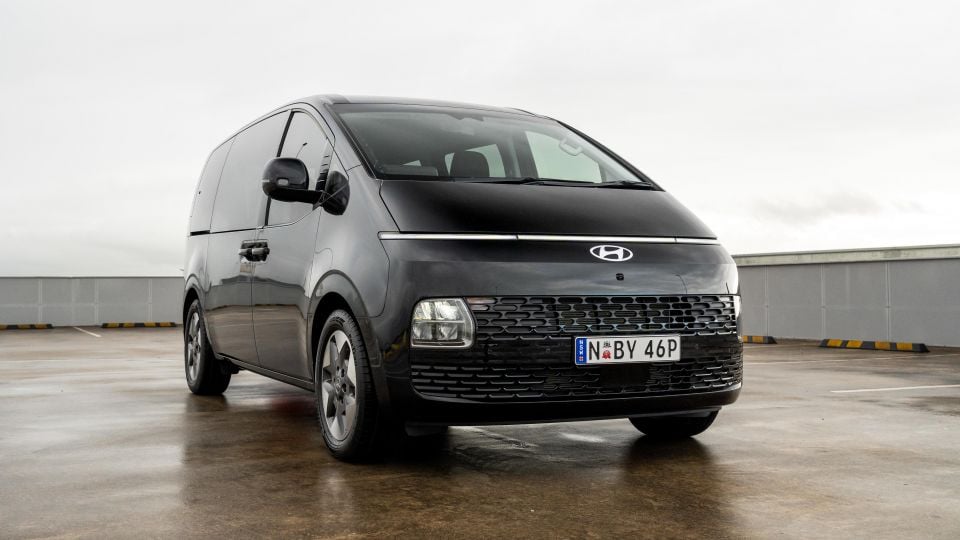
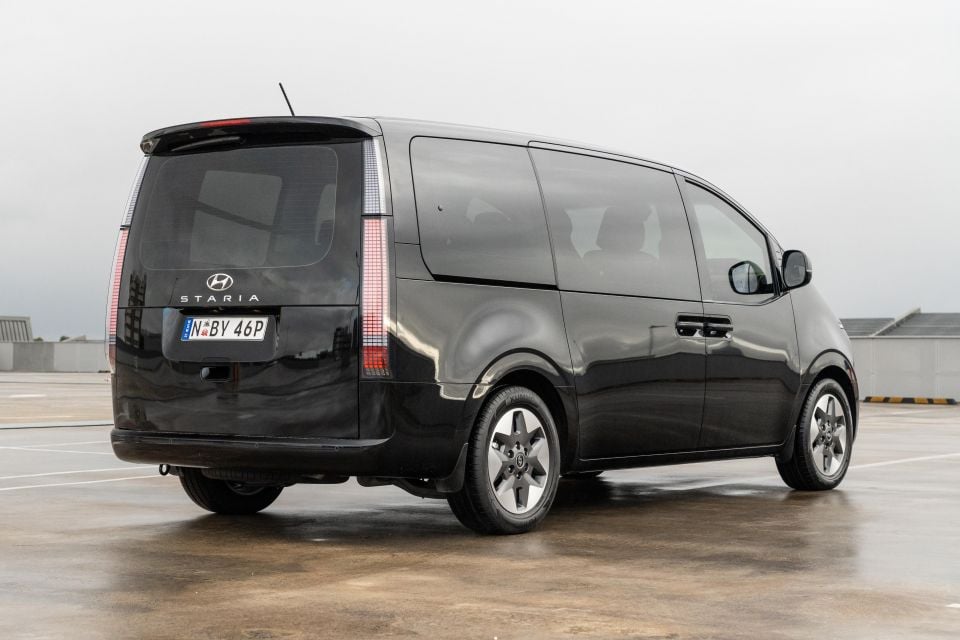

Quickly see how this car stacks up against its competition. Select any benchmark to see more details.
Where expert car reviews meet expert car buying – CarExpert gives you trusted advice, personalised service and real savings on your next new car.
Entry-level people movers used to be pretty grim vehicles. The old Hyundai iMax Active was built on the same bones as the iLoad van, and was light on creature comforts.
The new Hyundai Staria is a totally different beast. The car on test here is the cheapest model money can buy, but it’s far from a stripper.
Along with seating for eight, it features a full gamut of active safety features, a modern infotainment system, and the sort of noise, vibration, and harshness suppression you’d expect of an SUV. It even looks cool; like something lifted off a Doctor Who set.

Although it’s more luxurious than the old iLoad, this particular Staria isn’t the luxury one.
It’s not even the mid-range one, which means it’s missing some of the headline-grabbing features that made the Elite and Highlander we’ve already driven such hits.
It’s also missing the torquey diesel engine and all-wheel drive we’ve previously pointed to as the pick of the bunch.
Should you save a bit harder and stretch to a more expensive model, or does this base Staria still stack up?
This is the cheapest member of the Staria family, with a starting price of $48,500 before on-road costs or a drive-away price of $53,685 according to the Hyundai Australia website.
Opting for the diesel engine adds $3000 to the sticker price, and jumping to the more generously-specified Staria Elite bumps it up by $8000.
The Honda Odyssey is on its way out the door in Australia, but you can get a base Vi L7 for $48,700 drive-away. The strong-selling Kia Carnival range starts at $46,880 before on-roads, while the HiAce-based Toyota Granvia range starts at $65,150 before on-roads.
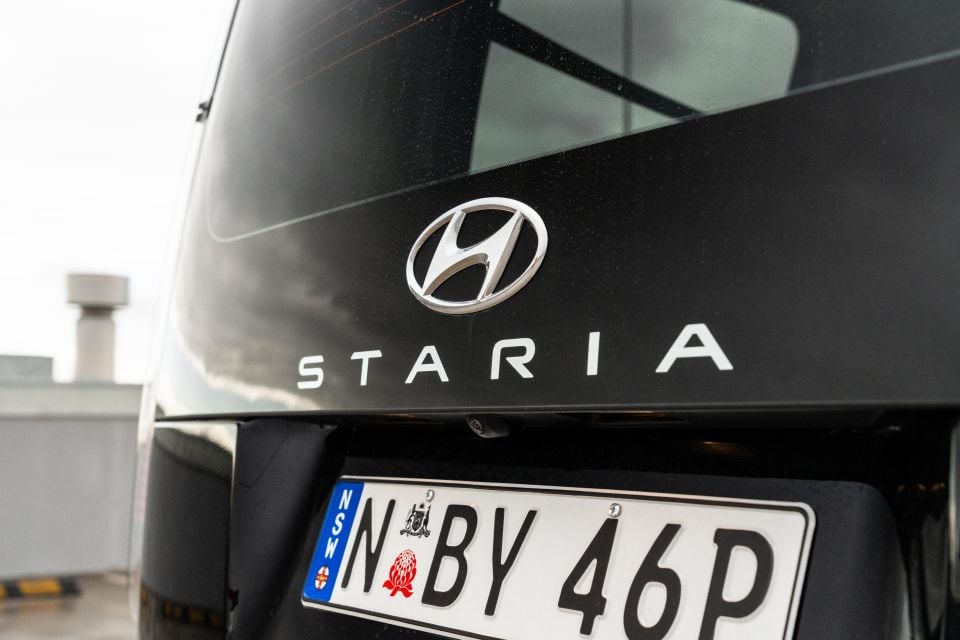
2022 Hyundai Staria pricing:
Prices exclude on-road costs
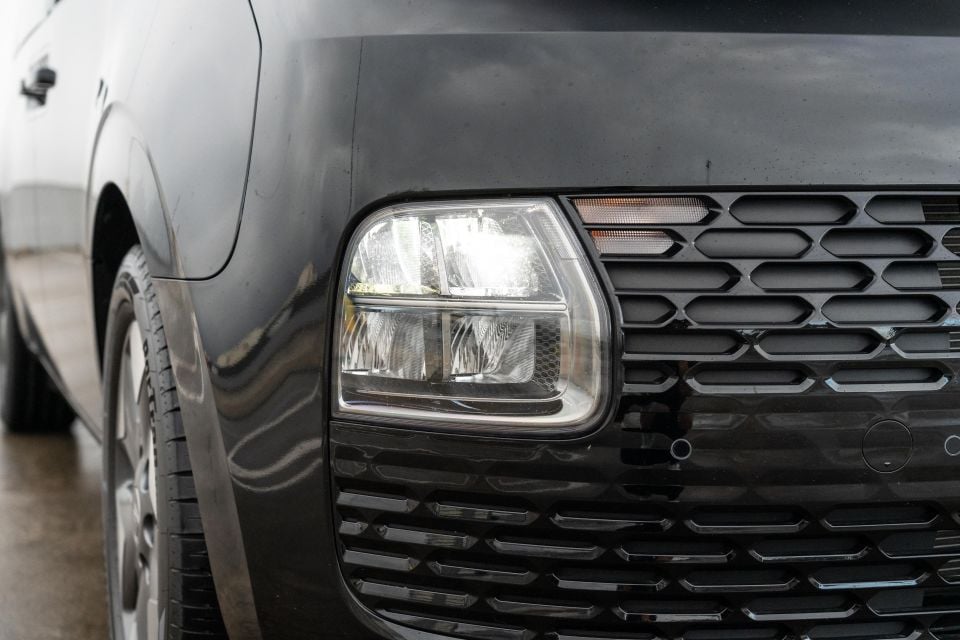
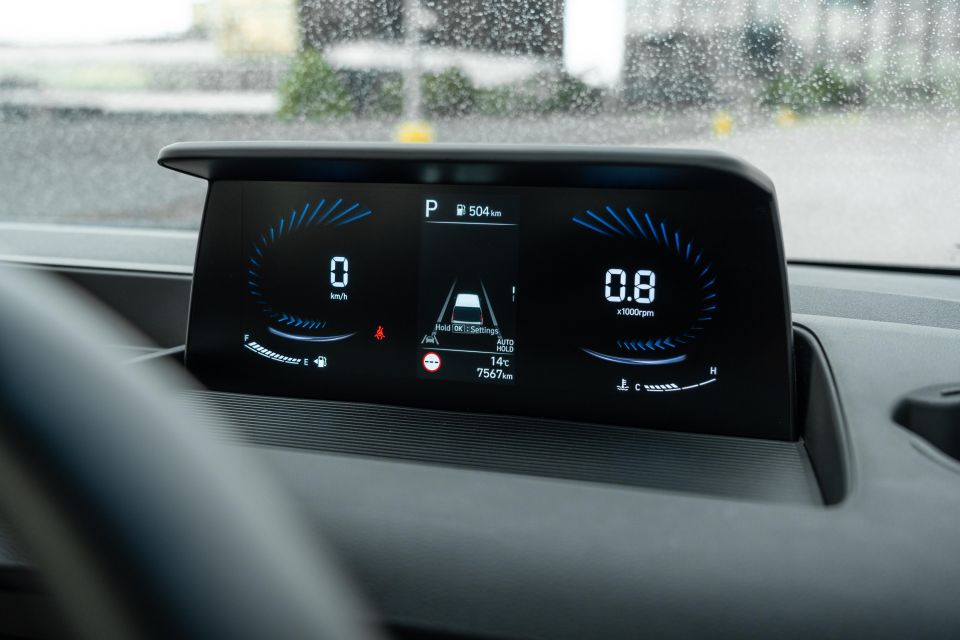
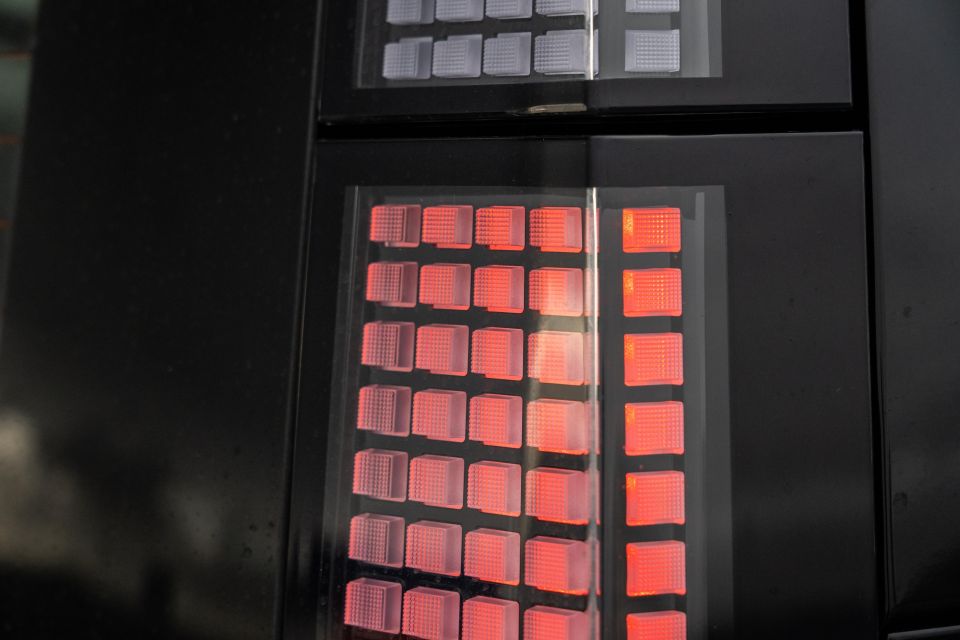
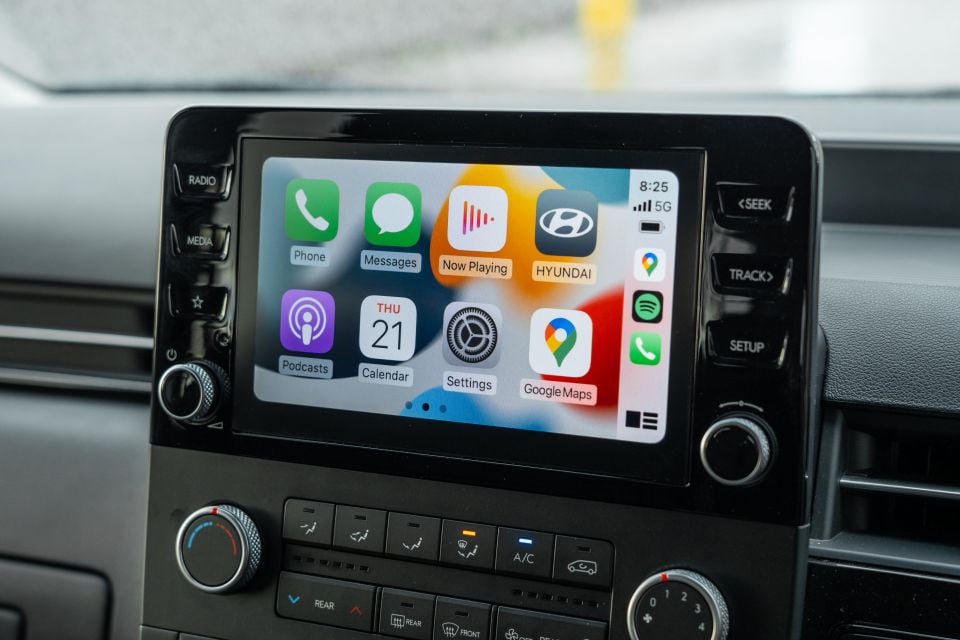
Buy your new car without the stress. It's fast, simple and completely free.

Great service from Travis and team, second time I have used this business would not hesitate to recommend them to anyone
Craig C.
Purchased a Ford Ranger in Sunshine Coast, QLD
CarExpert helped Craig save thousands on his Ford Ranger, now let us save you on your next new car.
Find a dealStaria (base) highlights:
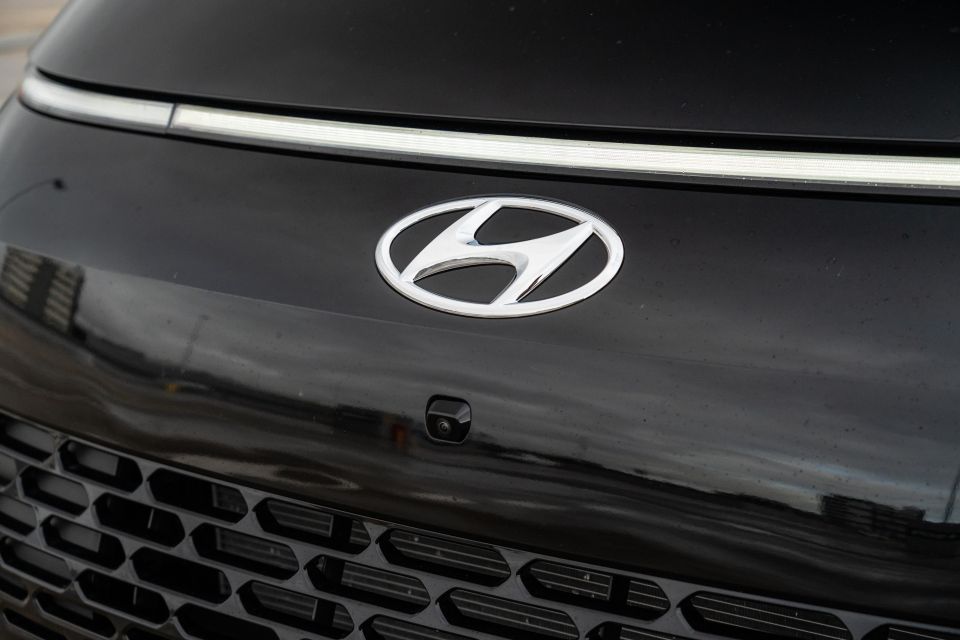
The Staria hasn’t yet been tested by ANCAP or Euro NCAP, but the related Santa Fe has a five-star rating.
Standard safety features include:
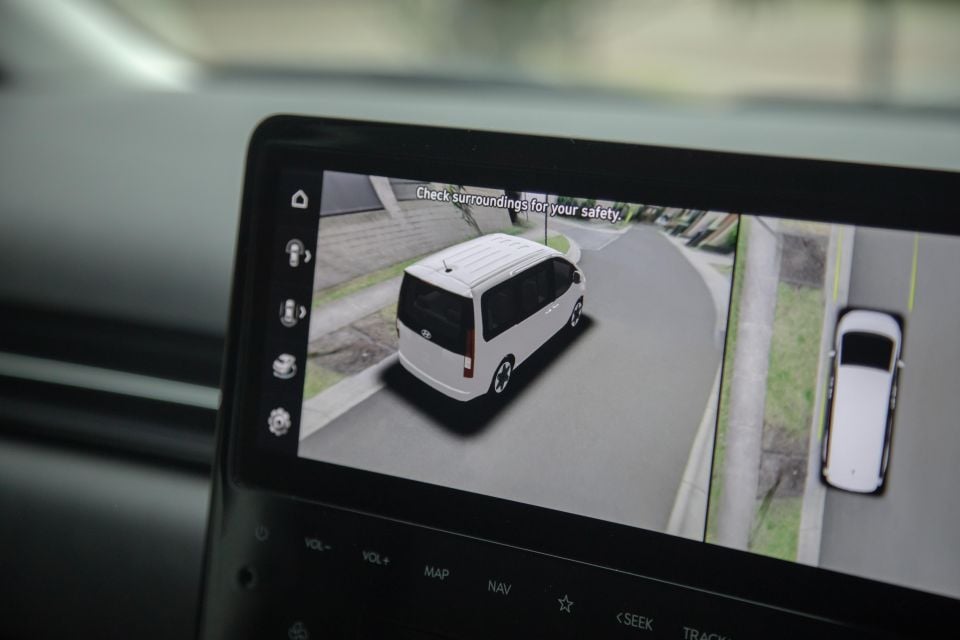
Staria Elite adds:
Staria Highlander adds:
There are also ISOFIX child seat anchors on the outboard second-row seats plus top-tether anchors, but there are no anchors in the third row.
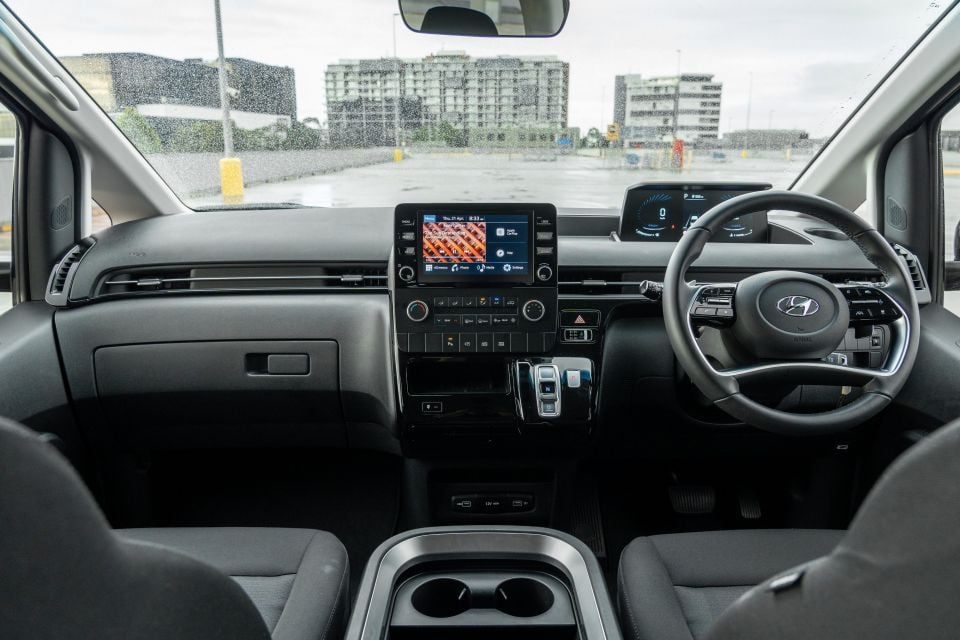
It’s big, that’s for sure.
Anyone expecting an SUV in disguise will be disappointed, but the Staria’s van-like qualities make it one of the most practical ways to haul eight people around for less than $50,000.
Having climbed into the driver’s seat, you’re presented with a panoramic view of the world ahead through that massive windscreen. Combined with some of the tallest windows we’ve ever seen, it makes the Staria feel like you’re driving a fishbowl.
There’s no big, fancy digital instrument binnacle or gauge cluster here, just a simple pod sprouting from the dash with a colour trip computer and old-fashioned numerals for your speed and revs. It’s not flashy, but it’s effective.
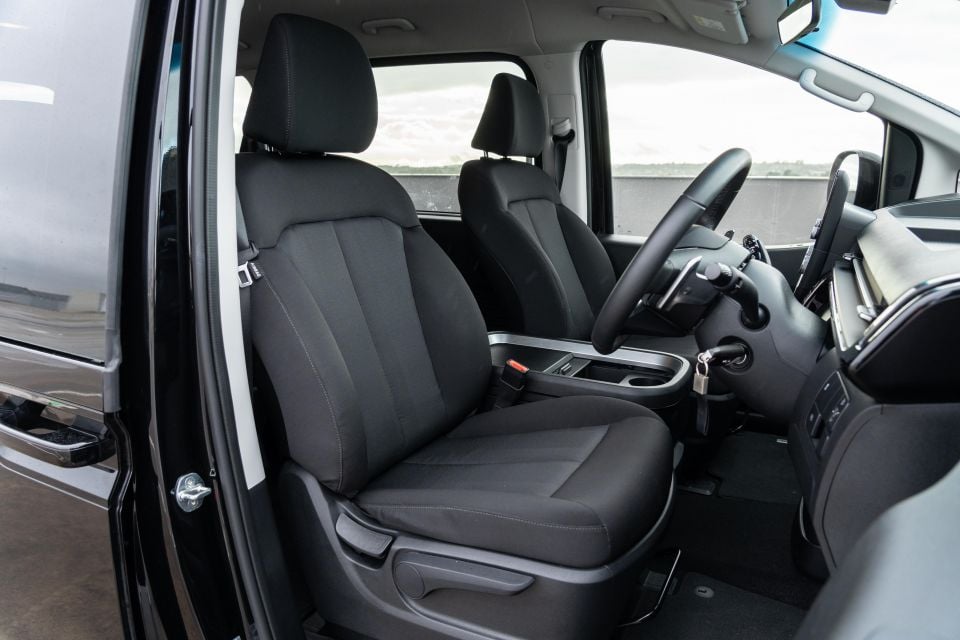
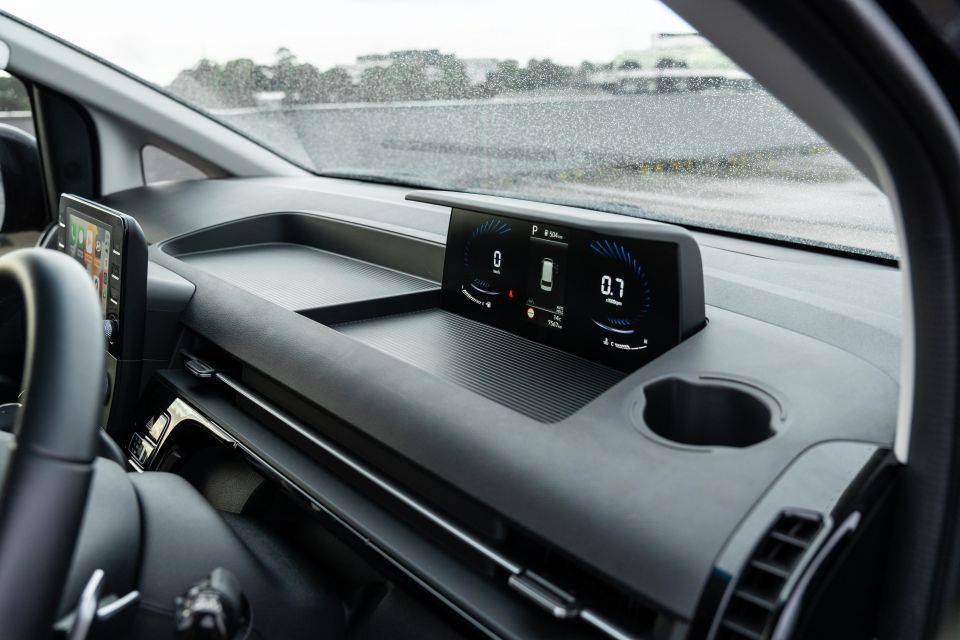
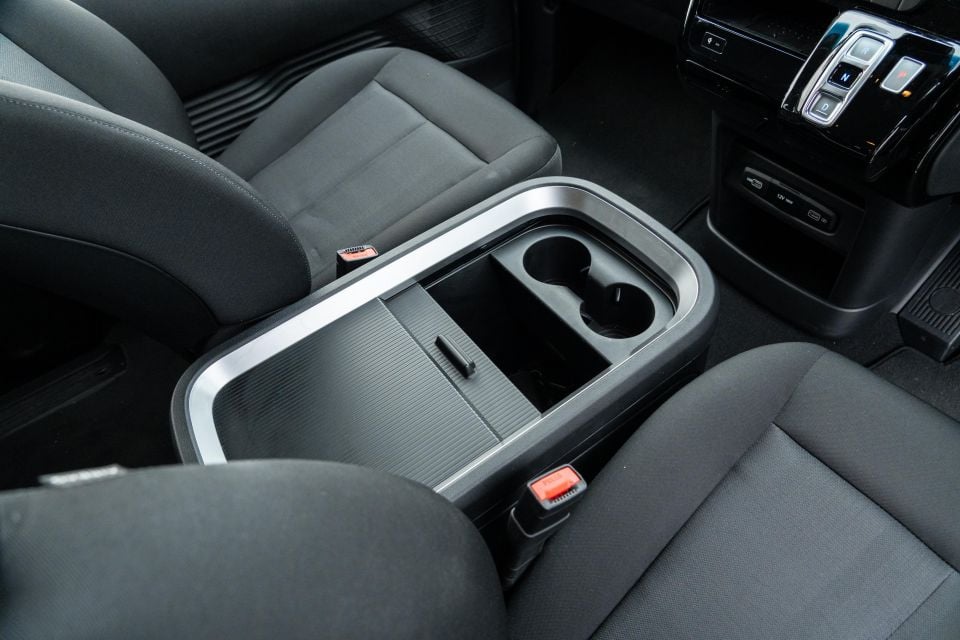
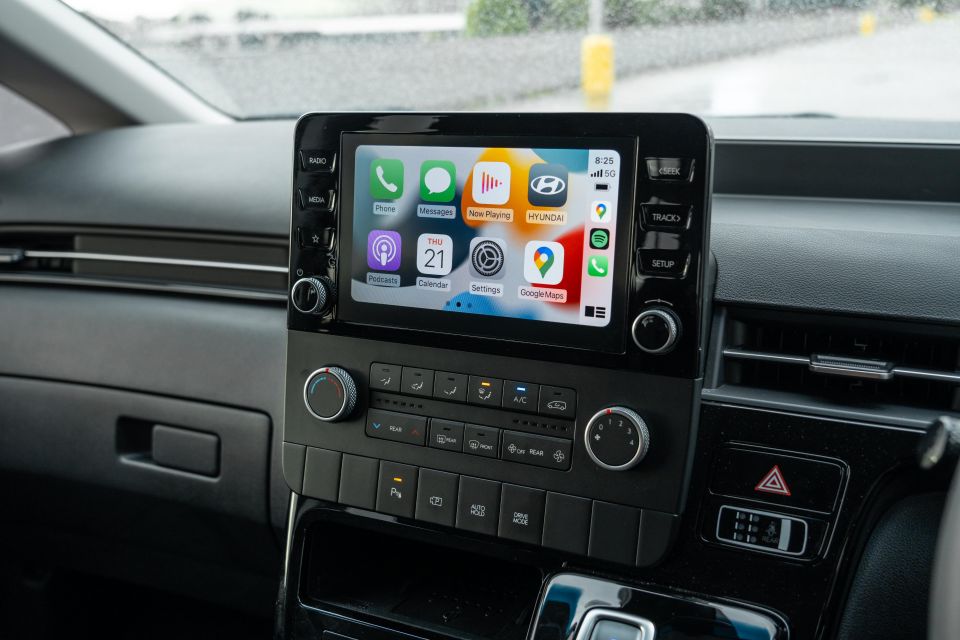
Infotainment comes courtesy of an 8.0-inch touchscreen – not the widescreen unit from more expensive models – running software shared with everything from the Kia Picanto to the base Hyundai Santa Fe. It’s fairly basic, with no factory navigation and no digital radio, but is saved by the inclusion of wireless Apple CarPlay and Android Auto.
Unlike earlier iterations of the same system, the wireless CarPlay in this model isn’t prone to dropouts. It can still be a bit laggy around tram lines or wireless toll points, but you can rely on it in a way you couldn’t previously.
The driving position in the generously-stuffed cloth seats is good, with enough support to keep you comfortable on long drives, and enough adjustment to house bodies of all shapes and sizes. The leather-wrapped steering wheel is a quality item, too.
Want storage? You’ve got it. The triple-tiered door bins are just the start in a cabin with space for a phone and a pop-out cupholder beneath the touchscreen, cupholders atop the dashboard, and a massive bin between the driver and passenger.
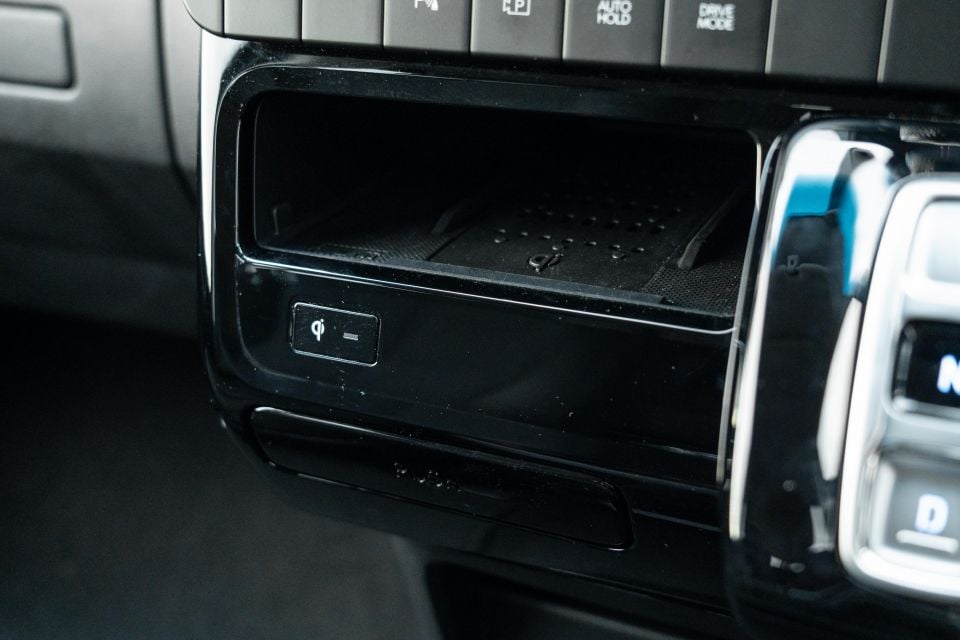
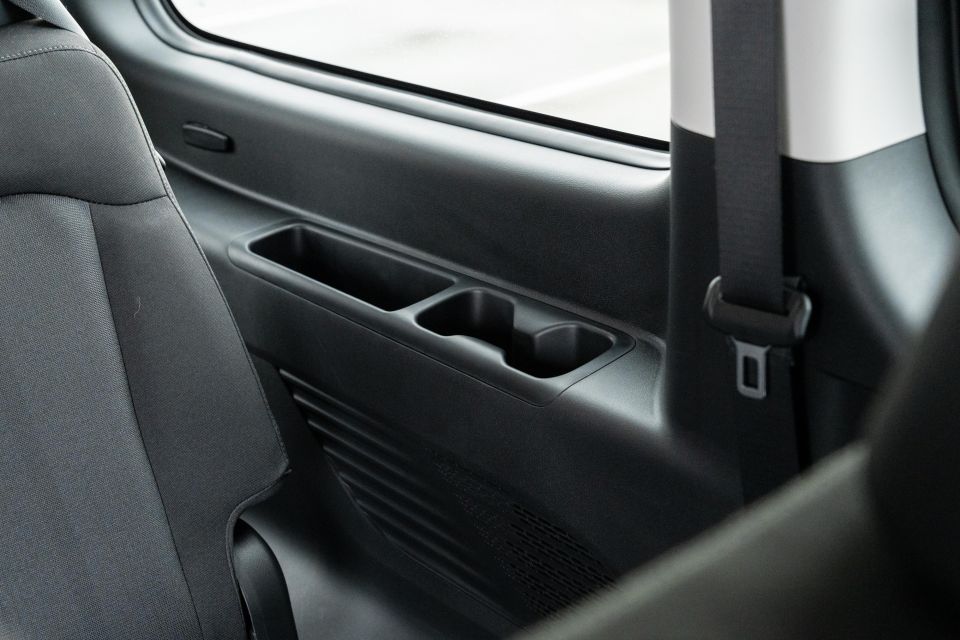
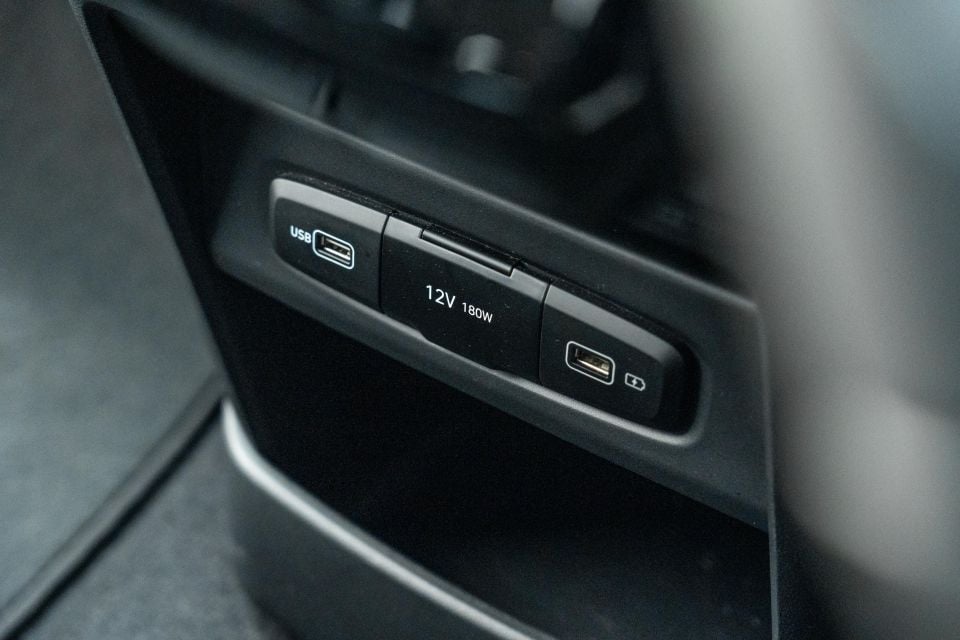
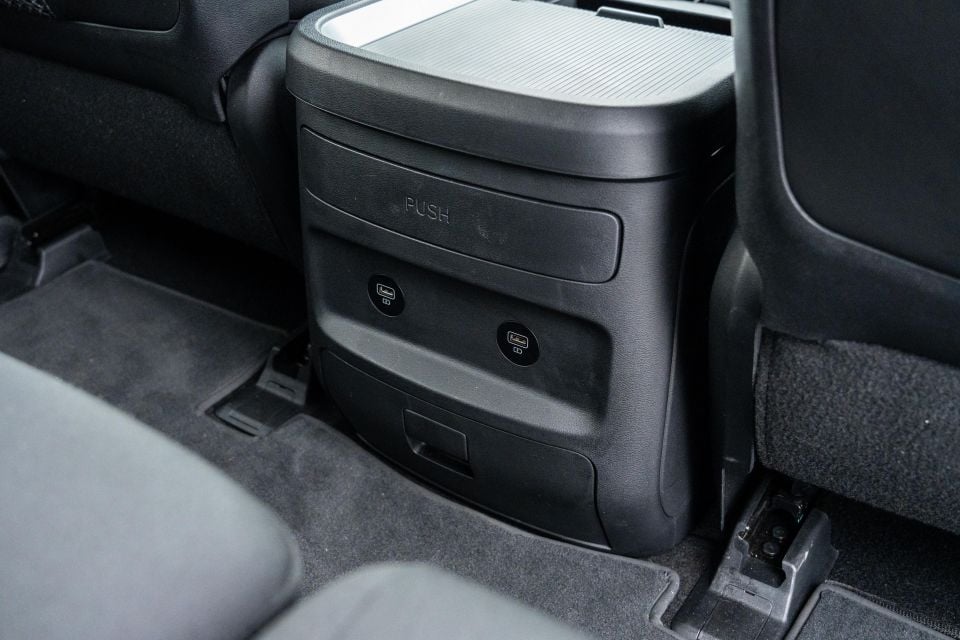
There’s two USB-A ports at the base of the dashboard, sitting above yet another storage bin.
The second row has acres of space. Legroom and headroom are excellent in all three seats with the bench slid to its most rearward position, and the rooftop air vents and massive windows should do good things to keep motion sickness at bay.
The two USB-A ports are a nice touch, as is the storage pod back there for road trip snacks.
Getting to the third row is simple. The second-row seatbacks fold 60/40, and the bench slides forward or backwards based on how much legroom you need back there.
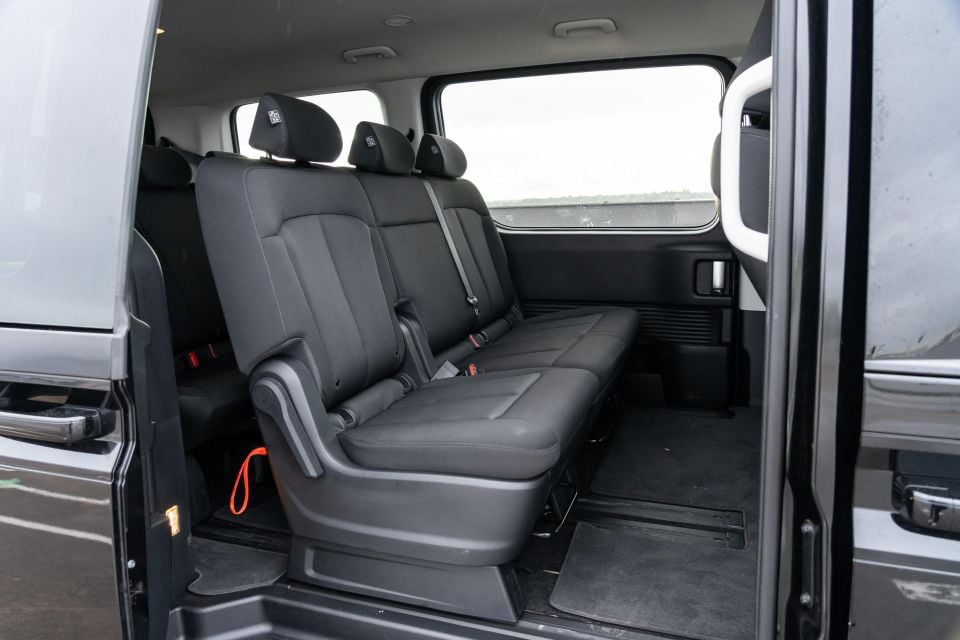
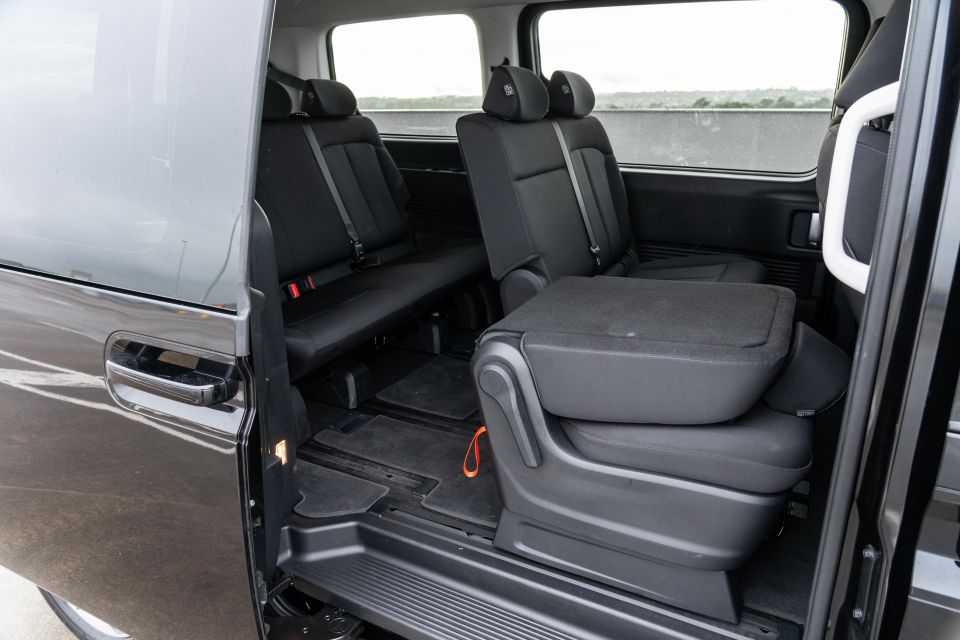
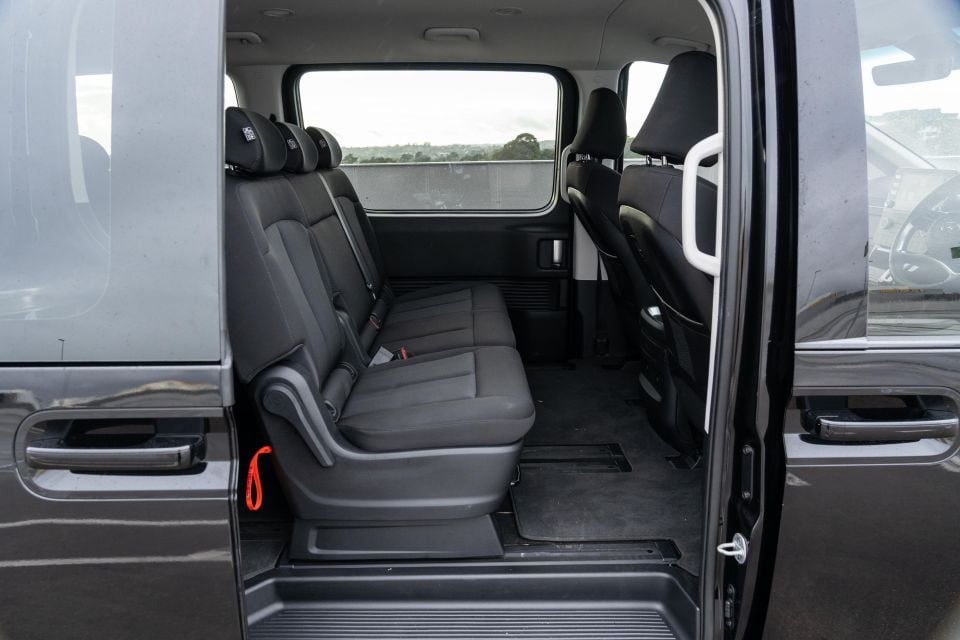
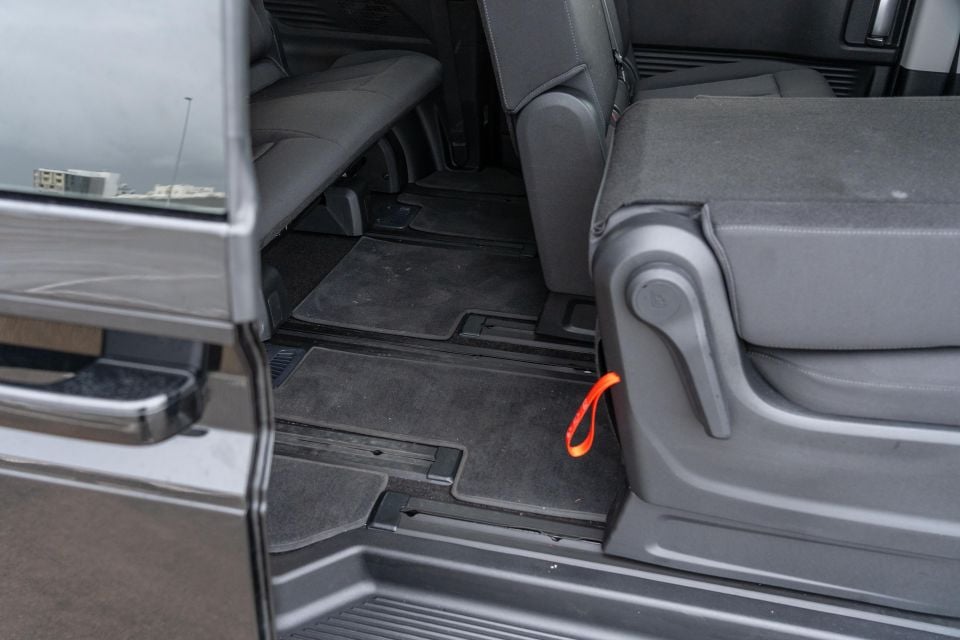
The sliding doors aren’t powered in this particular Staria, but they’re easy enough to open with your hands full, and provide a huge envelope through which to load kids and bags.
If you’re comparing the Staria to a similarly-priced SUV like a Santa Fe, the third row will blow you away.
Even compared to a Palisade it’s positively palatial, with a bench broad enough to seat two people comfortably (or three in a pinch), plenty of legroom, and the same massive windows you get up front.
It’s possible to sit adults behind adults with room to spare, and the kids will love it back there. It has a Kia Carnival licked for outright passenger space, although it’s not as versatile.
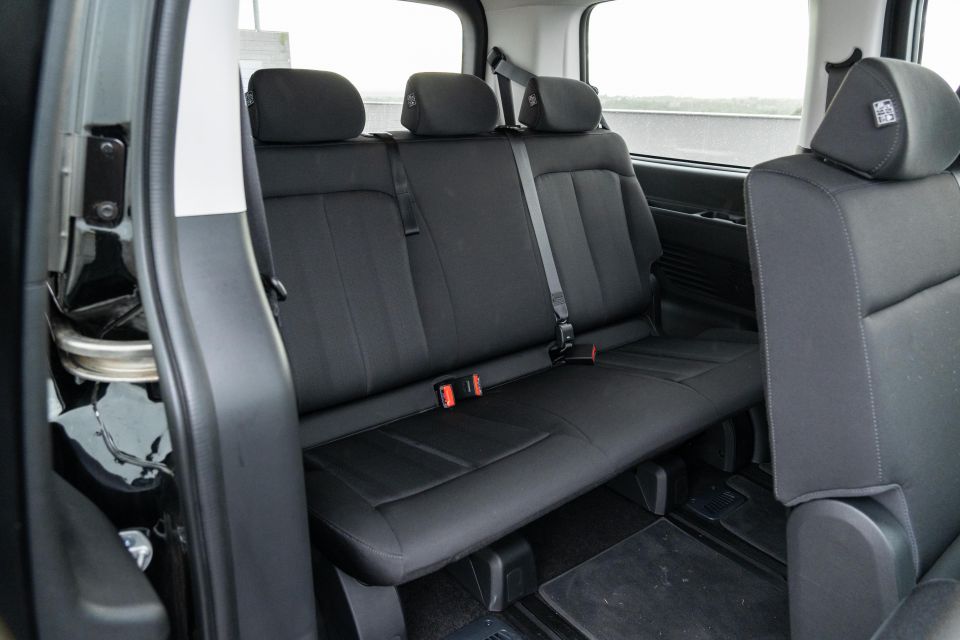
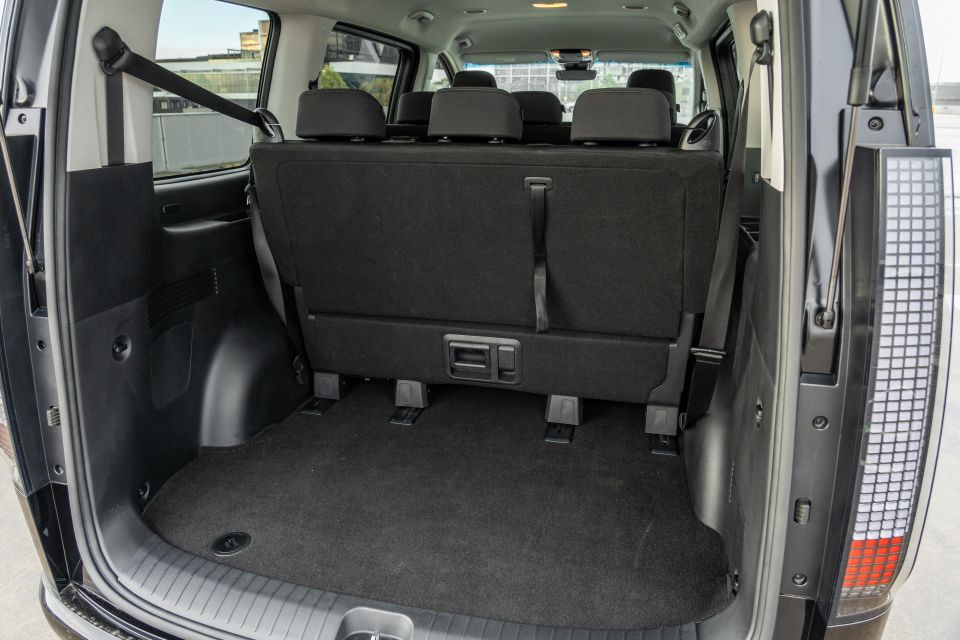
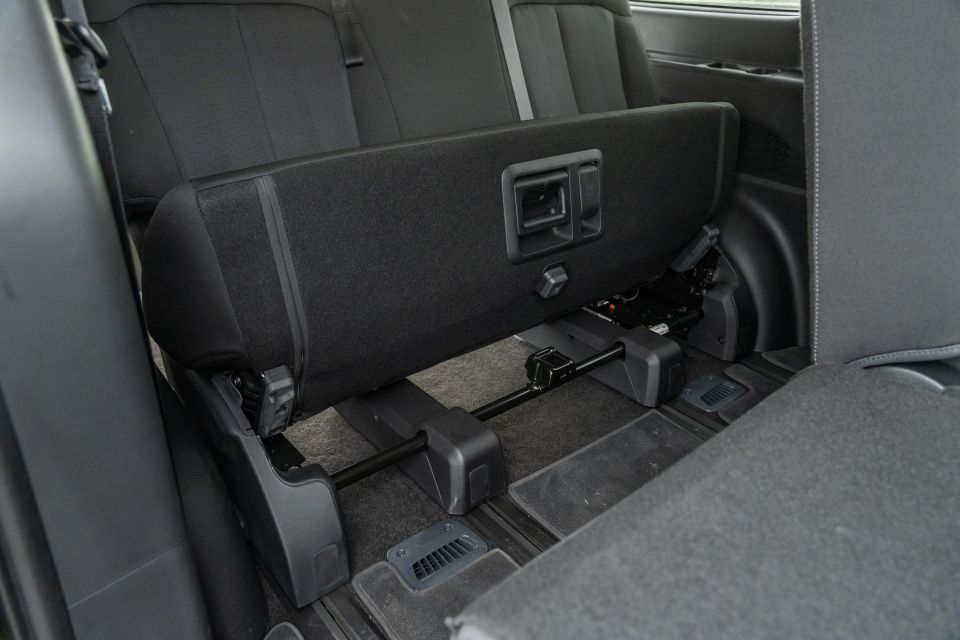

As we’ve noted in the past, it’s not as versatile as Carnival and nor are the seats removable to create a surrogate Staria Load for enthusiastic jaunts to Ikea. The third row folds but doesn’t really stow, nor can it be removed.
There’s 831 litres of cargo space available that expands to 1303 litres. The reason it’s not a huge increase is because the seatbacks of the third row can fold flat, but the base and edge of the seatbacks still eats into the cargo space.
It means that it’s hard to load long items without resting them on the third row. The Volkswagen Multivan offers the ability to remove the seats in most of its people movers, and the Kia Carnival offers more options for getting the seats out of the way.
In some markets, the Staria can be had with captain’s chairs and the brand is working on a camper layout that allows the second and third rows to be folded flat, but as it stands, it’s not overly versatile if the seats aren’t being used to hold passengers.
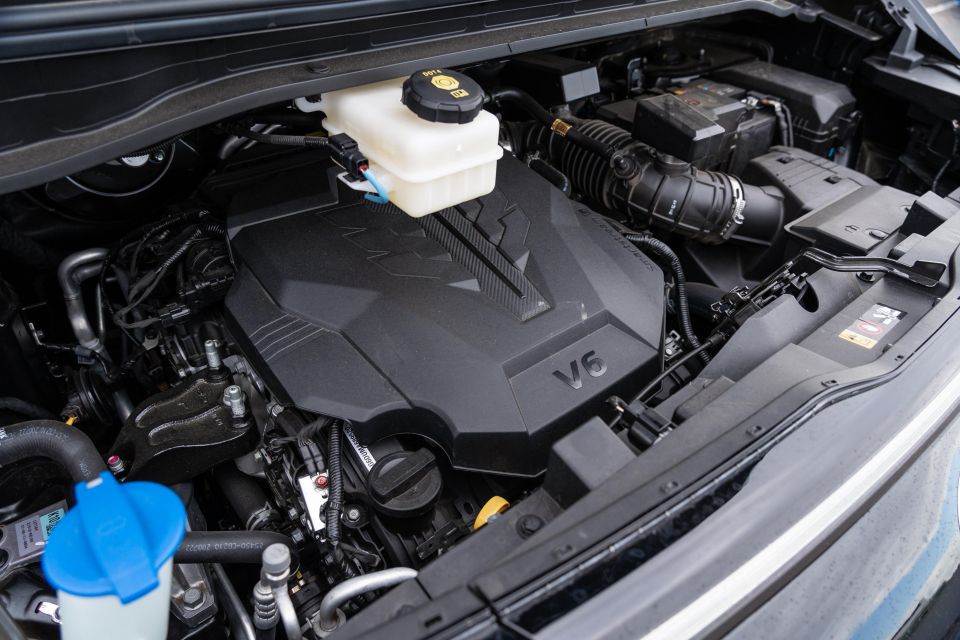
The entry-level engine in the Staria is a naturally-aspirated 3.5-litre petrol V6 backed by an eight-speed automatic driving the front wheels.
It’s good for 200kW and 331Nm, up 70kW but down 99Nm on what you get in the all-wheel drive diesel option.
Regardless of which engine you opt for the Staria boasts a braked towing capacity of 2500kg, and a 773kg payload.
Claimed fuel economy is 10.5 litres per 100km, which we matched driving one-up with a skew to life on the highway. Stuck in traffic the economy quickly degrades.
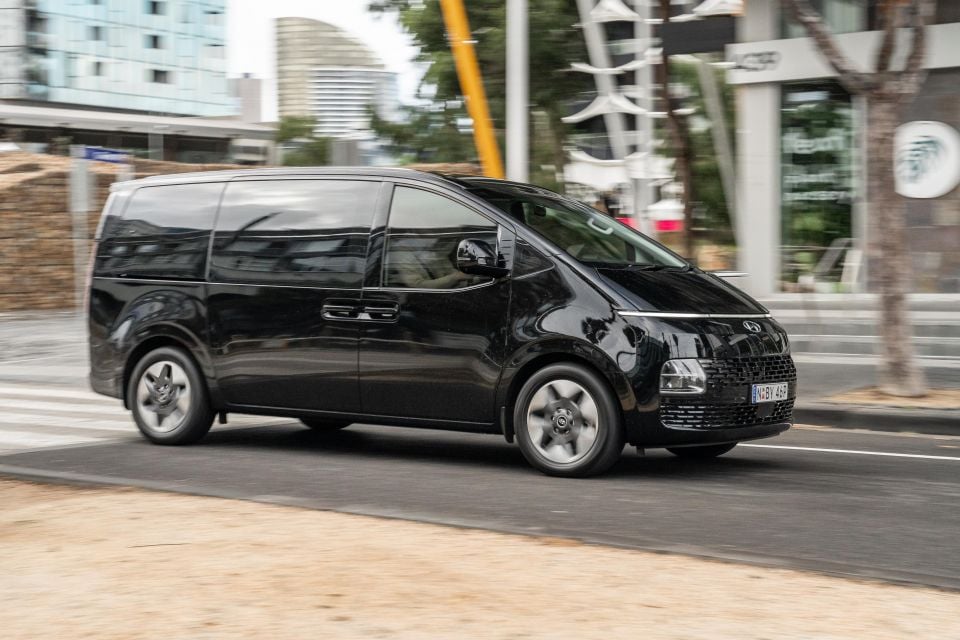
The Staria might present like a van, but it drives like an oversized SUV. It’s a big step forward from the ancient iMax, although it’s not quite as car-like as the smaller Kia Carnival.
At 5253mm long, 1997mm wide, and 1990mm tall, the Staria is a chunky beast, but the steering is light and all-round visibility is excellent, so it’s not all that hard to place.
The high-resolution reversing camera is also excellent, and Hyundai deserves credit for making it standard on even the base model. Although it’s not the most comfortable thing to slot into a tight underground carpark, it’s about as good as it possibly could be.
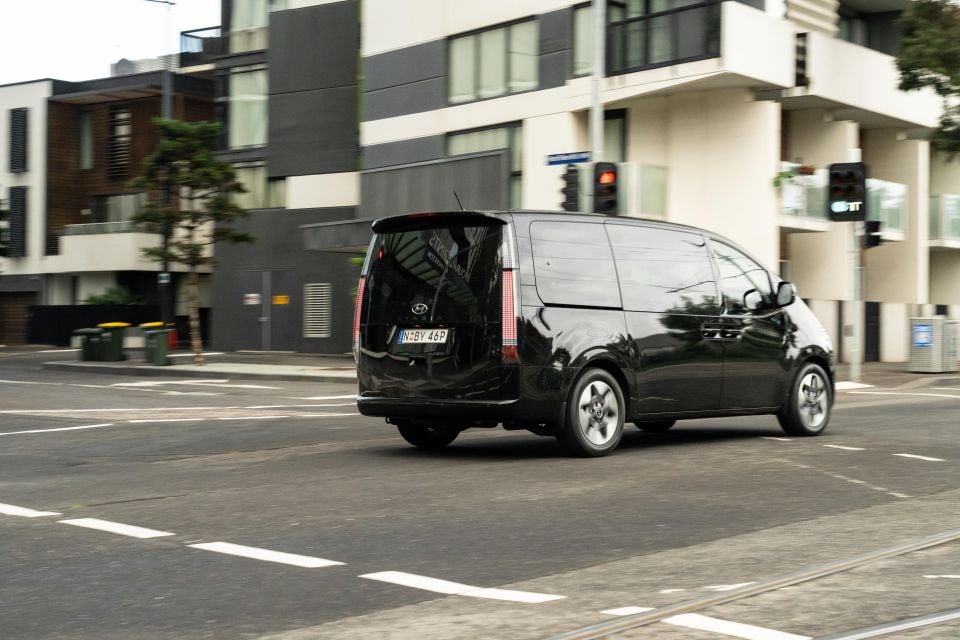
Where expert car reviews meet expert car buying – CarExpert gives you trusted advice, personalised service and real savings on your next new car.
Although you’ll pay less for the petrol engine at the dealer, it’s not the engine we’d be buying. It’s smooth and reasonably quiet, and offers enough pulling power to light up the front tyres if you get a bit aggressive with the right-hand pedal.
It’s also good fun to drive, because putting your foot down sends the revs soaring and gets you a lusty V6 noise in the cabin… but noise and revs aren’t exactly conducive to fuel economy, and they mean the petrol never feels particularly relaxed or effortless relative to its diesel stablemate.
The eight-speed automatic is a smart partner. It’s willing to hold onto gears if you’re in a hurry, or to shuffle quickly up the ratios if you aren’t.
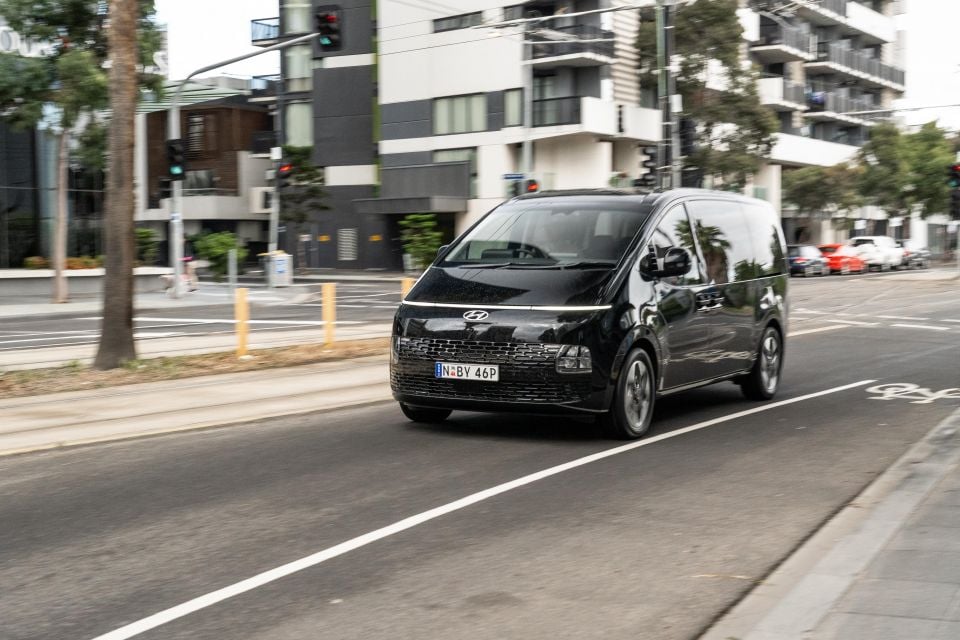
Ride quality is good with just two people on board. It doesn’t have that same jiggly feeling you get in some van-based people movers, instead floating along relatively well. It also soaks up speed bumps and potholes smoothly, although there is a bit of noise in the cabin over bigger hits.
At highway speeds it’s impressively settled, and despite its high sides it isn’t buffeted or bullied by crosswinds.
Wind and road noise are well suppressed, even over rough and ready coarse chip roads, although without a full load of passengers it feels a bit echoey in the cabin.
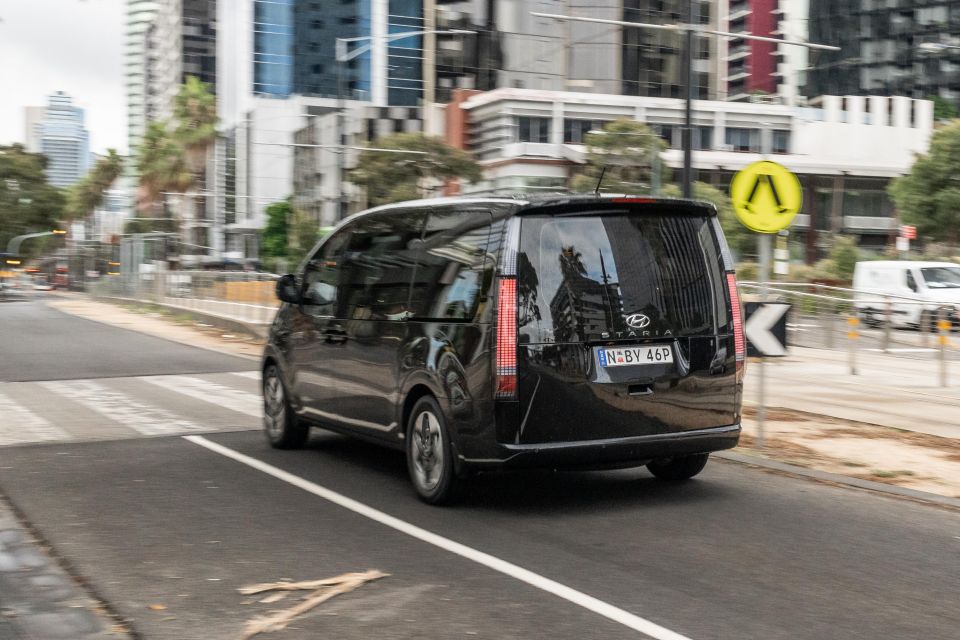
Hyundai’s driver assists are a mixed bag. The adaptive cruise is smooth and confident, maintaining a solid gap to the car in front, and it’s lane-keeping does a good job nudging you back between the white lines.
The lane-centring system is too hands-on, however. Rather than reacting if you drift, it tries to keep a solid grip on the car’s position all the time.and probably needs to develop a gentler touch.
Then again, with a car load full of children it’s probably better to have more help than less.
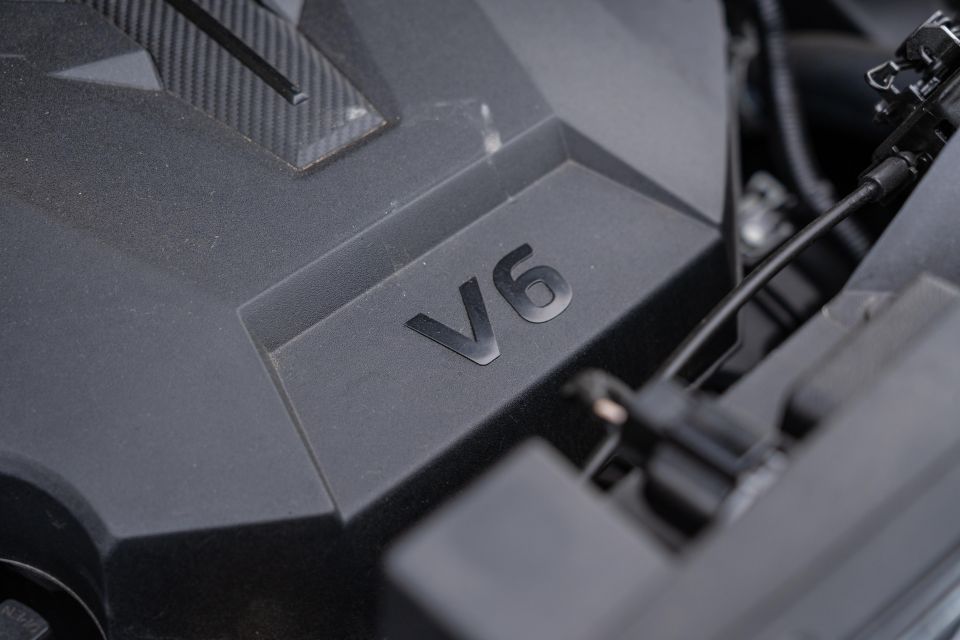
The Staria comes with a five-year, unlimited-kilometre warranty like the wider Hyundai line-up.
Service intervals are a typical 12 months or 15,000kms – whichever comes first.
Hyundai offer three upfront payment packages for servicing: $1080 for three years/45,000km, $1440 for four years/60,000km, or $1800 for five years/75,000km.
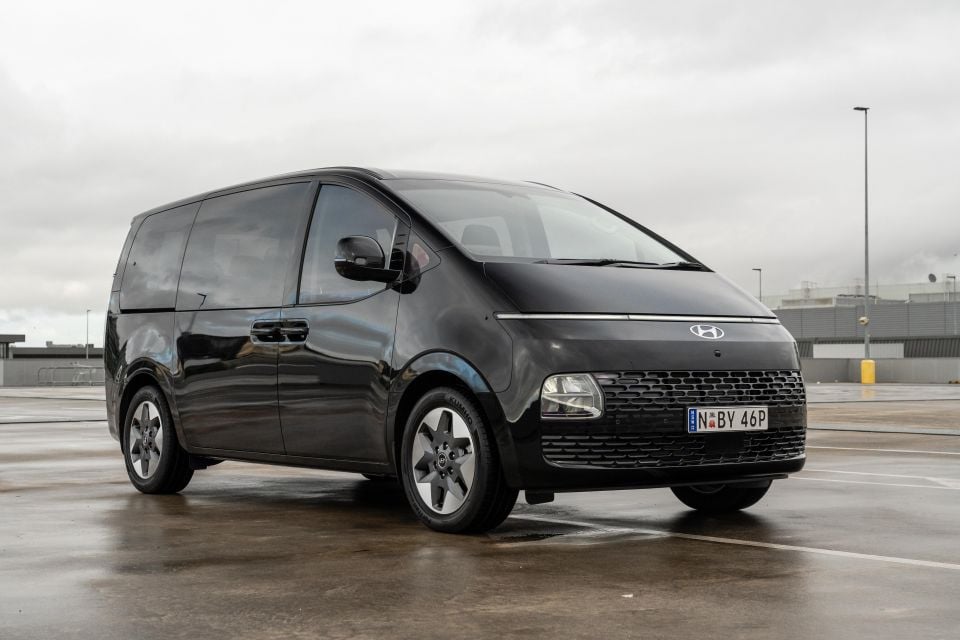
The Staria is a very good way to carry lots of people in comfort, and the base model doesn’t miss out on much.
Sure, the Elite and Highlander are nicer, but neither features anything you’d consider essential if you’re on a budget.
The petrol engine? It gets the job done, but the all-wheel drive diesel is a better engine for lugging around a massive family bus. Not only is it more efficient, it doesn’t feel like it’s working quite as hard.
The Kia Carnival, with its flexible interior and smaller exterior dimensions, is the best-selling people mover in Australia for a reason.
Given it’s barely more expensive and offers more passenger space, packs more boot space with all three rows of seating filled, and has a space-age look that’d make DoctorWho blush, the base Staria is a convincing challenger for its Korean frenemy.

Click the images for the full gallery
Where expert car reviews meet expert car buying – CarExpert gives you trusted advice, personalised service and real savings on your next new car.
Scott Collie is an automotive journalist based in Melbourne, Australia. Scott studied journalism at RMIT University and, after a lifelong obsession with everything automotive, started covering the car industry shortly afterwards. He has a passion for travel, and is an avid Melbourne Demons supporter.


Max Davies
1 Day Ago


William Stopford
2 Days Ago


Damion Smy
5 Days Ago


Damion Smy
5 Days Ago
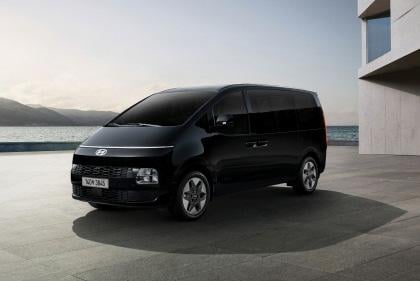

Damion Smy
11 Days Ago
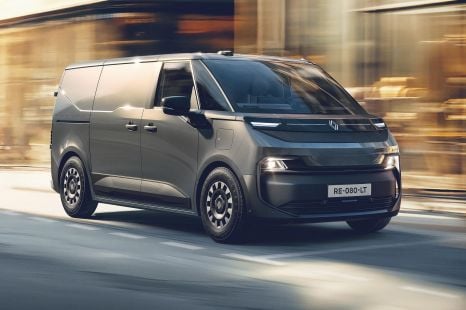

Derek Fung
1 Month Ago